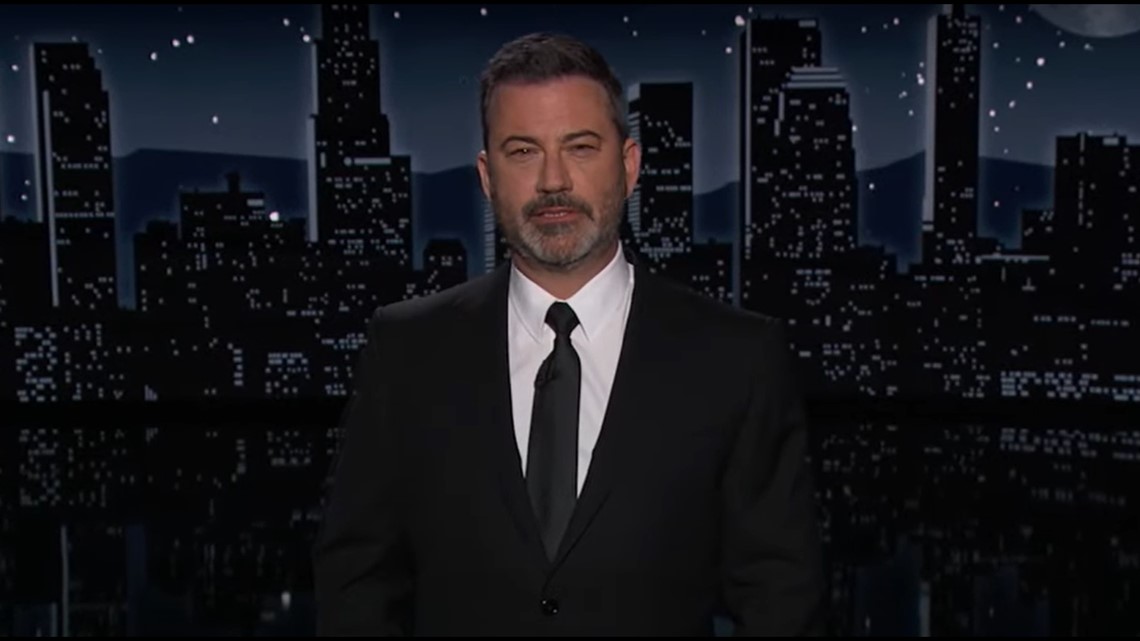White-space rules
The FCC has ruled on 17 petitions for reconsideration of the TV white-space rules. This action allows unlicensed Wi-Fi networks and devices to operate on locally vacant TV channels. Companies such as Google, Microsoft and Dell told the FCC to expect hot spots and campus networks to emerge as a result of the rulings.
Interference prevention
White-space devices are supposed to avoid interference with TV stations and the wireless microphones that have long used vacant TV channels. The original plan called for each device to use both geolocation — ascertaining its own position using GPS and consulting a database to find locally vacant channels — and engage in spectrum sensing on the ground. The new decision confirms the geolocation requirement, with many critical details still to be announced. But the FCC has pulled back on sensing. When it tested spectrum-sensing technologies several months ago, none of them worked well. So the agency dropped the sensing requirement for devices that use geolocation. Sensing-only devices are still allowed, but only under rigid technical constraints that will be hard for manufacturers to satisfy. Database checking will usually be the sole feature for avoiding interference, so the FCC promised a rigorous certification procedure to ensure devices handle this function properly.
Wireless microphones
The FCC struggled to accommodate users of wireless microphones in broadcasting, theater, moviemaking, sporting events, and public gathering places like churches and auditoriums. It will reserve two TV channels in each geographic area for wireless microphones, which will accommodate 12 to 16 microphone voice channels. Microphone operators who may need more devices for an event can request to have specific events entered into the white-space database, which should automatically keep white-space devices away. Requests to protect unlicensed microphones must show that the channels free of white-space devices cannot do the job.
No protection for STAs
To assure the required protection of TV broadcast signals, white-space devices will consult a database to determine which TV channels can be safely used at the device's location. The devices may have to change channels as necessary from time to time. Since the selection of vacant channels will be a dynamic process, the FCC wants to make sure that only channels actually in use by TV stations are marked as off-limits. The new rules provide that the white-space database need only to recognize granted or pending license applications for both full- and low-power TV stations. STAs are not mentioned and will not receive protection. Operation pursuant to an STA is commission-authorized broadcast operation that should be protected from white-space devices to the same degree as licensed operation.
The professional video industry's #1 source for news, trends and product and tech information. Sign up below.
Retransmission protection
TV translators, LPTV stations, cable systems and other multichannel video programming distributors are still not fully protected. If a white-space device goes into operation near one of these facilities, it could block the facility's ability to pick up the TV signal it is retransmitting.
Under the 2008 white-space rules, all facilities that retransmit a TV signal using over-the-air receive sites within 50mi from the received station's transmitter site (but not within the station's protected contour) could register in the white-space database and obtain protection. In the commission's newly adopted rules, receive sites located more than 50mi from the edge of the received station's protected service contour may submit waiver requests seeking registration of their sites, but protection is not automatic.
Implementation
The effective date of the new rules will not occur any earlier than 30 days after the new rules have been published in the Federal Register. But it is likely that the FCC will not invite new registrations (or registration waiver requests) until practical questions related to the white-space database have been resolved. For example, who will manage the database, how will registrations be submitted, and how will the database be implemented?
Harry C. Martin is a member of Fletcher, Heald and Hildreth, PLC.
Dateline
- Noncommercial TV stations in Connecticut, Maine, Massachusetts, New Hampshire, Rhode Island and Vermont must file their biennial ownership reports by Dec. 1.
- By Dec. 1, TV and Class A TV stations in the following locations must place their EEO public file reports in their files and post them on their websites: Alabama, Colorado, Connecticut, Georgia, Maine, Massachusetts, Minnesota, Montana, New Hampshire,North Dakota, Rhode Island, South Dakota and Vermont.
- Dec. 1 is the deadline for TV stations in Connecticut, Maine, Massachusetts, New Hampshire, Rhode Island and Vermont to electronically file their broadcast EEO midterm reports (Form 397) with the FCC.
Send questions and comments to:harry.martin@penton.com
